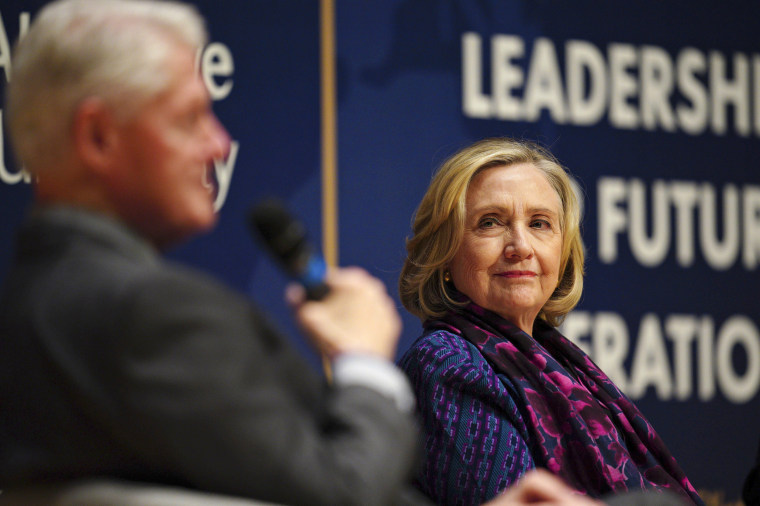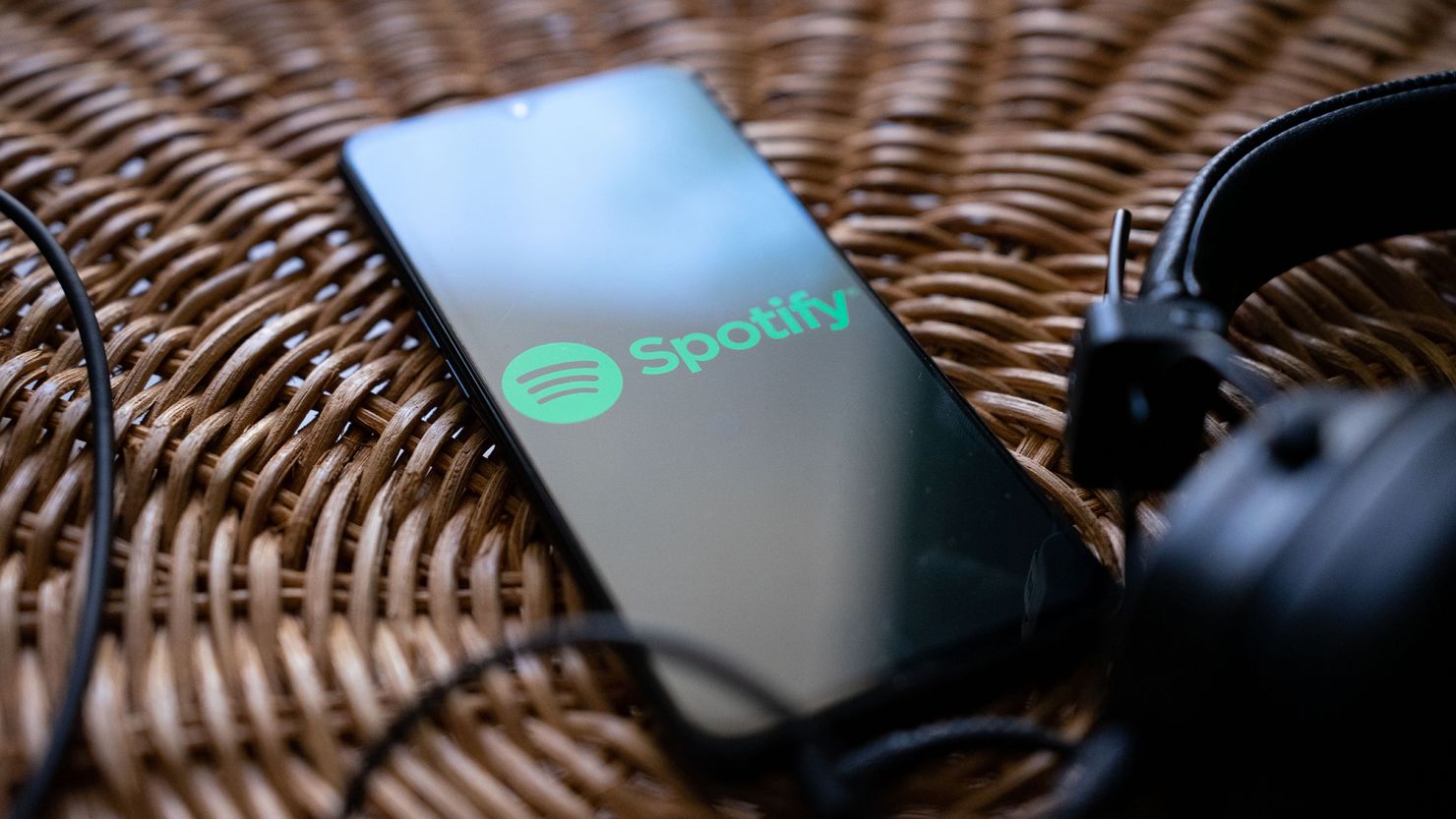
Time running out to transform food system
As we approach the end of another year, the evidence suggests the food industry response to environmental crisis remains underpowered. Nick Hughes reports.
The end of the hottest calendar year ever recorded feels like an appropriate moment to take stock of the progress made on key environmental and social issues during 2023.
Amid the noise of the annual COP climate jamboree it can be hard to separate genuine measures of progress against key sustainability indicators from the political and corporate spin that events of such global significance inevitably attract.
For the UK food industry specifically, the picture has become clearer following the publication of a series of reports charting progress against time-bound commitments to tackle critical issues such as greenhouse gas emissions, water security and waste.
In each case, the answer to the question ‘what progress are we making?’ is – to put it mildly – ‘not nearly enough’.
Wrap found that progress against all three Courtauld Commitment 2030 targets (covering water, waste and greenhouse gas emissions) needs to speed up rapidly or risk failure. The Food Foundation described a state of stagnation in business transparency on key health and environmental indicators. WWF, meanwhile, reported that food retail has a very long way to go to meet the target of halving the environmental impact of UK shopping baskets by 2030.
Certain companies have shown leadership throughout the year: we’ve seen caterers continue their efforts to shift diets by substituting meat with vegetables and pulses; businesses engagement with regenerative agriculture is growing; new partnerships have been formed to redistribute food surplus; and some businesses have parked commitments to carbon neutrality (largely achieved via offsetting) and pledged to refocus on deep decarbonisation.
But an overall conclusion is straightforward to reach: progress on key issues is nowhere close to where it needs to be as we enter the middle years of a critical decade for action on climate and the environment. As UN secretary-general António Guterres told COP28 delegates in Dubai: “We are living through climate collapse in real time.”
On health, meanwhile, a recent report by the Tony Blair Institute for Global Change found that the cost to the UK of obesity and overweight spiralled to £98bn in 2021, up from the previous estimate of £58bn and equivalent to almost 4% of GDP.
Targets slip
Wrap is known for maintaining a diplomatic tone in its public communications no matter how frustrating the news it has to report, but reading between the lines of its latest milestone report for the Courtauld Commitment 2030 the signs of exasperation are evident. “It is never easy to report that targets are slipping,” wrote Estelle Herszenhorn, head of food systems transformation. On emissions, companies need to “move from measurement to action”, she urged. On water, “we need more businesses to engage” given a dearth of signatories to Wrap’s water roadmap.
On waste, director of behaviour change and business programmes, Catherine David, offered a polite rebuke of her own. “The latest food waste headline statistics are not where we need them to be,” she wrote.
That’s something of an understatement. Despite per capita food waste falling by 18.3% between 2007 and 2021 (against a 50% target by 2030), Wrap reported that food waste actually rose by 5.6% between 2018 and 2021 driven by an increase in household waste.
Although the manufacturing sector is on track to achieve the 50% by 2030 target and retailers are just over halfway there, data for the hospitality and foodservice sector is still not sufficiently reliable to report progress – a familiar failing not just on waste but across a range of health and environment measures.
There are signs too that Wrap is close to hitting a ceiling of businesses willing to commit to its food waste reduction roadmap: 366 out of 690 large food businesses in the UK are now committed to the roadmap, up 15 on last year compared with a 33 jump in signatories the year before and a 57 increase between 2020 and 2021. Hopes to grow industry engagement perhaps now rest on a possible reversal of the government’s decision not to require mandatory food waste reporting for large businesses.
On greenhouse gas emissions, the picture is not much better. Wrap modelled a 14% reduction in total emissions between the baseline year of 2015 and 2021 against a target for a 50% absolute reduction in emissions associated with food and drink consumed in the UK by 2030. The biggest drivers of the reduction have been a decrease in the GHG intensity of energy since 2015 and improvements to energy use efficiency – relatively low-hanging fruit in an emissions reduction context – and Wrap said current action and investment is not sufficient to achieve the net-zero ambitions of the food and drink sector.
Stuck on scope 3
Measurable progress in reducing scope 3 emissions remains a major sticking point for businesses. Wrap said the absence of a consistent methodology for measuring scope 3 emissions is creating an unreasonable burden on producers and suppliers in food supply chains, generating mistrust in the data being reported and blocking meaningful action on reducing food system impacts.
WWF highlighted a similar issue in its latest report charting retailer progress towards meeting a target of halving the environmental impact of UK shopping baskets by 2030. With Asda engaging for the first time this year, 10 out of the 11 major UK food retailers representing over 90% of the UK grocery market are now reporting against at least some of WWF’s basket metrics (Iceland is the exception).
The report found some cause for optimism in areas like tackling deforestation and land conversion in palm oil supply chains, yet overall it found food retail “has a very long way to go” if it is to spearhead the change that’s needed to hit the shopping basket target, both within supply chains and across the wider food system.
On scope 3 emissions specifically, WWF found no indication that emissions are reducing across the sector. Of the six retailers to have provided data across multiple years, half have produced increases in scope 3 emissions. The remaining three have reported small reductions, however WWF said the data has neither the coverage nor the comparability, to report an overall figure.
Transparency lacking
The news doesn’t improve as we turn to The Food Foundation’s latest annual assessment of the state of the nation’s food industry. Business transparency has stagnated, the charity claimed, with fewer companies disclosing sales-weighted data against key environment and health metrics than in the previous year.
The Food Foundation said the negative trend has not been helped by the lack of leadership from government, and the fact there is still no agreed way of consistently measuring and reporting the nutrient and carbon content of food (as had been the intention of the UK government’s food data transparency partnership, which has since been made voluntary for health reporting and had its environmental scope narrowed to measuring scope 3 emissions).
Overall, the out of home sector performed worse than retailers on setting targets and disclosing data for sales of both foods high in fat, salt or sugar (HFSS) and fruit and vegetables. Of the 27 largest retailers and out of home sector companies assessed, none has both a target for and currently discloses relative sales of animal and plant protein.
Contact caterers are leading the way on shifting consumption from meat to plants. The report highlighted Compass’s target for a 25% reduction of animal protein by 2025 and 40% by 2030, alongside Elior’s ambition for a 40% reduction in beef consumption by 2025, and Sodexo’s goal for 33% of menus to be plant-based worldwide by 2025.
The final report for The Food Foundation’s Peas Please campaign meanwhile showed 23 businesses obtained a green traffic light for fully meeting their pledge commitments to sell or serve more portions of vegetables. These included out of home brands like Greggs, JD Wetherspoon, Brewers Fayre and Zizzi.
Such commitments hint that some progress is being made on previously intractable issues like dietary change. But as a collective, the level of business ambition across a range of sustainability indicators is nowhere near high enough – a problem exacerbated by a lack of government leadership on food systems change.
Speaking at the launch of The Food Foundation industry report, Juliane Cailloutte-Noble, CEO of the Sustainable Restaurant Association, recalled a recent conference she had attended in which a World Bank representative noted how the energy and transport sectors had been working hard on decarbonisation for the past ten years and warned that without action the food system could account for 60% of global emissions within the next decade (up from a current 25-30%).
It’s important not to lose hope. There are reasons to believe that the food system can be transformed in a way that respects planetary boundaries and supports healthy lifestyles (look out for a ‘Five reasons to be positive’ Footprintanalysis in early January). Yet as the climate crisis continues to unfold around us in 2024 and beyond, food businesses risk finding the finger of blame increasingly pointed in their direction.











